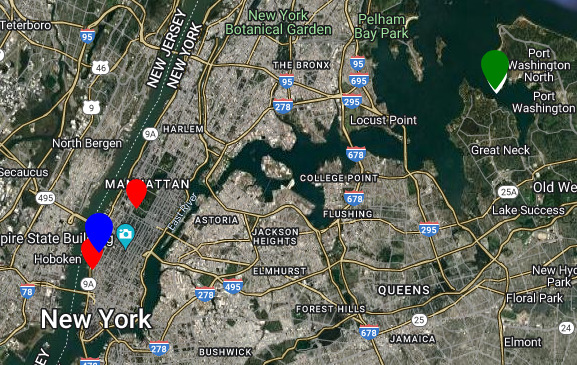
Finding The Fuzzy Middle
It has been quite some time since I wrote about one of my longest running projects, MovieLandmarks . The UI hasn’t changed much in the intervening years. But the backend has been rewritten in Go, and the covers now come from TMDB instead of IMDB .
Recently I decided I wanted the map to open to a view of the landmarks related to the move being
passed to it using the #mv-XXXX hash. Up until now I have just opened it centered on Las Angeles.
